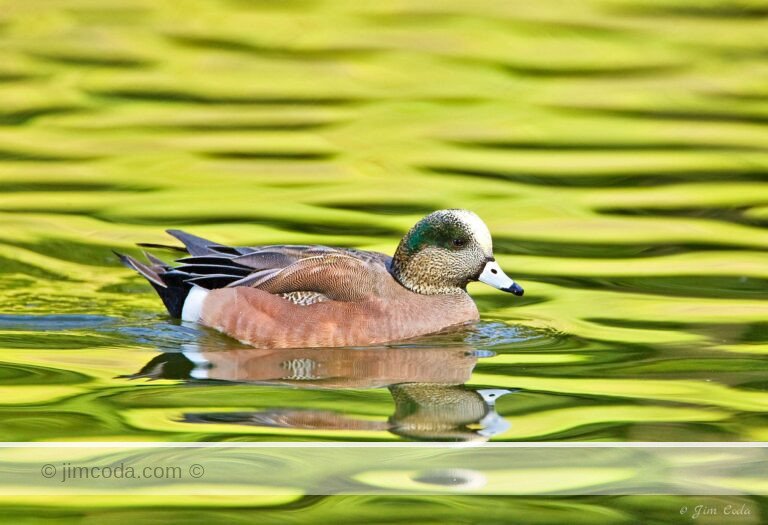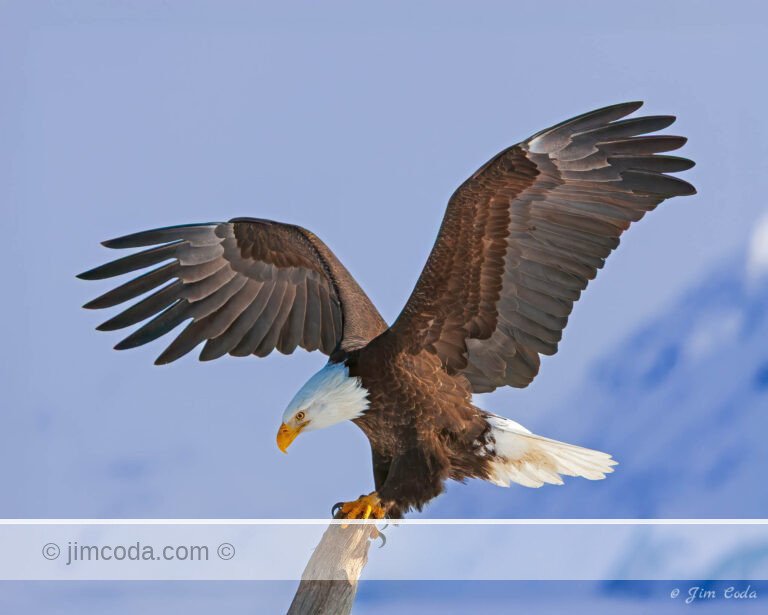Tag: bull elk
Tule Elk in Velvet, Point Reyes National Seashore
This bull was standing at about a 45 degree angle to...
Bull Elk, Tomales Point
I photographed this bull Tule elk in the Elk Reserve at Point Reyes National...
Two Bull Tule Elk, Point Reyes National Seashore
January 28, 20011. Two bull elk face each other before...
Bull Elk at Sunset
Just before sunset, a bull elk looks across a field and sees another one of those...
Tule Elk near sunset, Point Reyes National Seashore; Love Is in the Air
This 7-point bull is exhibiting...
Tule Elk, Point Reyes National Seashore
I saw this bull on my last trip to Point Reyes. He was in the...
I went out to Point Reyes recently. My friend Jeff joined me. We hoped to find some owls and bluebirds...
No articles found
Load More Articles
Loading...
Prints for sale
Browse my selection of photos for sale as fine art prints
Filter by category
Sorry, no prints in this category









